La página que intenta visitar sólo está disponible en inglés. ¡Disculpa!
The page you are about to visit is currently only available in English. Sorry!

Eighteen different Wood Thrush pinged the Bent of the River Center’s Motus tower during the summer of 2025. In fact, this species has pinged their tower more than any other bird.
One Wood Thrush, #55198, was dubbed the center’s “frequent flyer” as it pinged the tower almost daily until migration. One month after its last ping it reappeared, pinging a tower just outside of Tallahassee, Florida.
Bent of the River staff knew their woodlands were popular with Wood Thrush even before the Motus tower started pinging profusely.
In the 2024 and 2025 breeding seasons, Connecticut Department of Energy and Environmental Protection biologists nano-tagged six Wood Thrush on site.
It's the perfect location for forest-dependent bird banding. The center's ~700 acres of western Connecticut forest offers ideal habitat. This isn’t by chance – Land Manager Glen Somogie actively manages the property so it has all the right elements, like a healthy mid-story, patchy canopy cover, and leaf litter on the ground.
But not every woodland is as healthy, and Wood Thrush numbers have declined seriously in recent decades. Staff knew they had a unique and urgent opportunity to do more.
A vision quickly formed: Bent of the River could create demonstration sites for other forest landowners to visit and learn about healthy habitats first-hand. Audubon had already done this successfully at Rheinstrom Hill in New York.
First, like all good scientists, they decided to collect more data.
Bent of the River’s Junior Forest Technicians (JFTs) became essential to the effort. Glen, Eric Hansen, an Audubon endorsed forester, and Rosa Goldman, senior associate for Audubon’s forest program, worked with the JFTs to inventory the forest via a method called “variable radius plot sampling.”
To start, the JFTs would stand in a specific area where Wood Thrush nesting territories had been identified and where Wood Thrush had been successfully captured and nano-tagged by the CT DEEP biologists.
In that specific spot, the JFT would hold up a forestry tool called an angle gauge, helping them estimate the density of trees in that area, and how much shade or light is reaching the forest floor. The JFTs and their mentors also conducted vegetation plot surveys to identify tree and plant species in the same areas.
With Eric’s plan and the JFTs’ additional data, they determined that some plots are ready to become demonstration sites now – while others will require additional management.
Audubon staff are thrilled to be bringing this Wood Thrush project to life by hosting educational walks through the first demonstration sites! Keep an eye out for future events here.